By Brady Sloane
Photography by Jennifer Nichols
They say a dog is man’s best friend, but just as with human friends, we know we have to be choosey. Inviting a dog to live in your home might require careful selection.
Different breeds of dogs have different personalities and physical needs. Whether you wish to add a family member to your home or simply understand what is going on in the film “Best in Show,” this offering of Fake Your Way Through is your primer on dogs and dog breeds.
The American Kennel Club recognizes the following breed groups:
Herding Group
According to the AKC, herding dogs were formerly in the Working group, but received their own category in 1983. They were bred to herd other animals and have a remarkable ability to do so. They tend to be wonderful companions who enjoy training exercises..and may even herd your children for you!
Herding breeds include:
- Shepherds
- Sheepdogs
- Collies
- Corgis
Hound Group
Almost all hounds were bred for hunting. While many possess the unique baying sound (you may want to hear it first), hounds are diverse in regards to stamina, need for exercise and the ability to follow a scent on a trail.
Breeds include:
- Basset Hounds
- Bloodhounds
- Foxhounds
- Dachshunds
- Greyhounds
- Wolfhounds
- Coonhounds
- Afghan hounds
- and even the non-barking Basenji
Non-Sporting Group
The non-sporting group is the most diverse group of dog breeds and really requires additional research into the various breeds; no generalizations can be made. They vary in size from small to large and vary in temperament as well as needs.
Breeds include:
- Shiba Inus
- Chow Chows
- Poodles
- Boston Terriers
- Bichon Frise
- Bulldogs
- French Bulldogs
- Dalmatians
- Lhasa Apsos
- Tibetan Spaniels
Sporting Group
Generally considered “well rounded and likeable” (akc.org) sporting dogs are active and alert. If you dream of taking your dog hunting, fishing and camping, these dogs are for you. Just remember they require a good deal of exercise.
Breeds include:
- Spaniels
- Retrievers
- Setters
- Pointers
- Weimaraners
- Vislas
Terrier Group
Varying in size from small to large, the terrier is known to have a distinct personality. They were originally bred to hunt rodents and vermin and are “feisty and spirited.” They may not get along with other animals (even dogs), and their coats may require special grooming to maintain the terrier look. They can be determined and very energetic.
Breeds include:
- American Hairless
- Australian
- Border
- Bull
- Rat
- Russell
- Smooth Fox
- Irish
- Schnauzers
Toy Group
Small in size, but never in personality, many people with smaller spaces or who live in larger cities prefer this group. And they are great for those who want a lap dog or constant companion. While other breed groups have small dogs, these were bred for companionship.
Breeds include:
- Spaniels
- Chihuahuas
- Italian Greyhounds
- Terriers
- Pomeranians
- Toy Poodles
- Shih Tzu
- Chinese Crested
- Havanese
- Japanese Chins
- Papillons
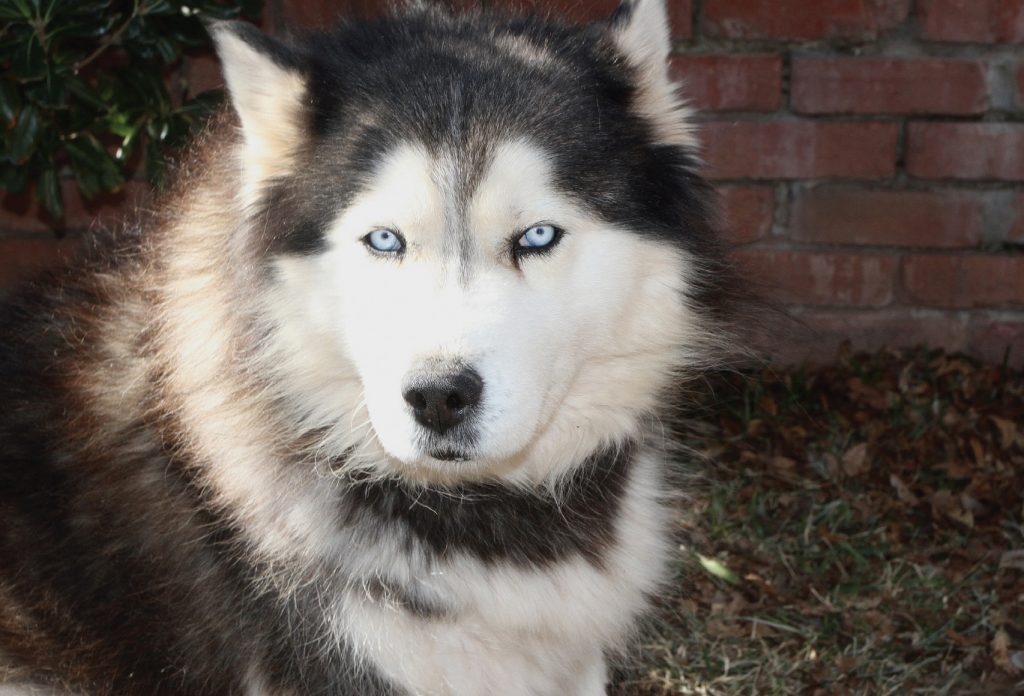
Working Group
Working dogs truly have been man’s best friend for ages and ages. These dogs have been bred for all kinds of work from water rescue to simple home guarding. These intelligent dogs make “excellent companions” but require proper training and exercise or they may overwhelm the average family. Most are larger in size.
Breeds include:
- Bernards
- Boxers
- Doberman Pinchers
- Rottweilers
- Tibetan Mastiffs
- Siberian Huskys
- Standard Schnauzers
- Newfoundlands
- Great Pyranees
- Great Danes
- Bullmastifs
- Akitas
- Bernese Mountain Dogs
Designer (Hybrid) Breeds
Many combinations of the aforementioned breeds are becoming extremely popular among families. To be considered a designer or hybrid breed, both of the parents must be purebreds from different breeds.
Breeds include:
- Labradoodle (Labrador and Poodle)
- Goldendoodle (Golden Retriever and Poodle)
- Puggle (Pug and Beagle)
- Cockapoo (Cocker Spaniel and Poodle)
- Schnoodle (Poodle and Schnauzer)
- Maltipoo (Maltese and Poodle)
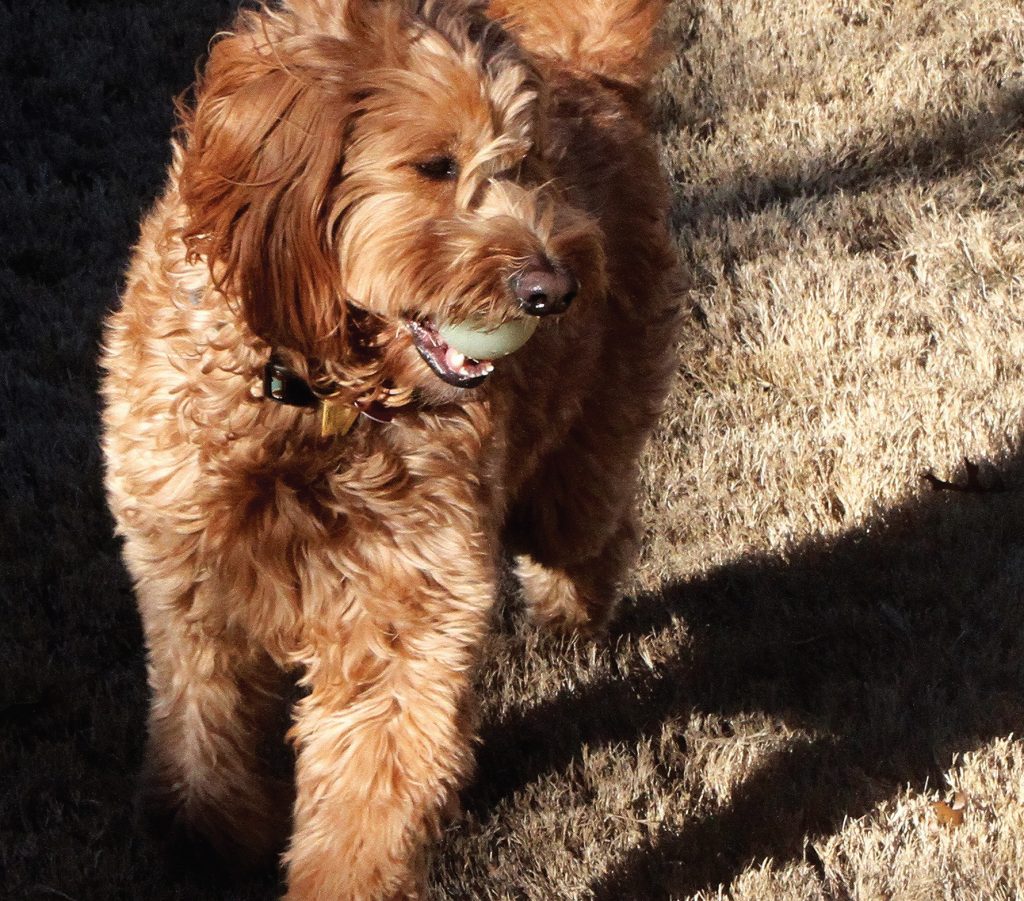
*Typically, if a dog is bred with a poodle, it becomes more hypoallergenic (with less or no shedding). Otherwise, these designer doggies are bred to utilize the best traits of both breeds.
Adoption and Rescue
An unbelievable amount of dogs need homes in the Abilene area. Puppies and elderly dogs alike (trained and untrained) are waiting for their forever home. Adopted animals often make wonderful pets as they are grateful for love and care.
Places to adopt:
- Rescue the Animals, SPCA rescuetheanimals.org
- Abilene Animal Services Adoption Center (Abilene Animal Services tab at abilenetx.com)
- Noah’s Arc 2 Adoptions (325) 698-4900
- PetSmart often has adoptable pets on the weekends (via a local adoption center); check with the store for details.
If you are on the fence between seeking a specific breed and adopting, go online and enter a search for the breed you are interested along with the word rescue (poodle rescue, German Shepherd rescue). Many specific breeds have rescue organizations to help you and your dog find each other; you may have to travel or wait, but your perfect dog is out there.
Schools for Dogs
You have a new family member, but now what? To maximize the harmony of adding a dog to your family, take your dog to school!
The Abilene area offers a multitude of dog training schools, covering everything from basic household behaviors, agility obstacle training, and working skills including shepherding, and hunting. Whether you need a working dog for your ranch or a sweetie who won’t knock over your grandchildren, school is your best bet.
Some choices include:
- A-Plus Canine College
http://www.a-pluscaninecollege.com/
- Pat’s Pawsitive Dog Training, LLC
patspawsitivedogs@gmail.com or check out their facebook page
- PetSmart
325.692.9411
- Van Buren Shepherds
http://texasworkingshepherds.com/
*Look for a school that utilizes positive reinforcement strategies to increase bonding between and trust between you and your K9.


















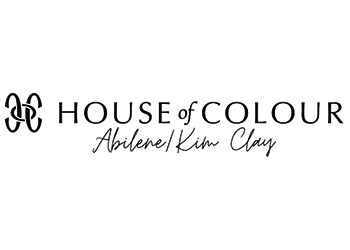


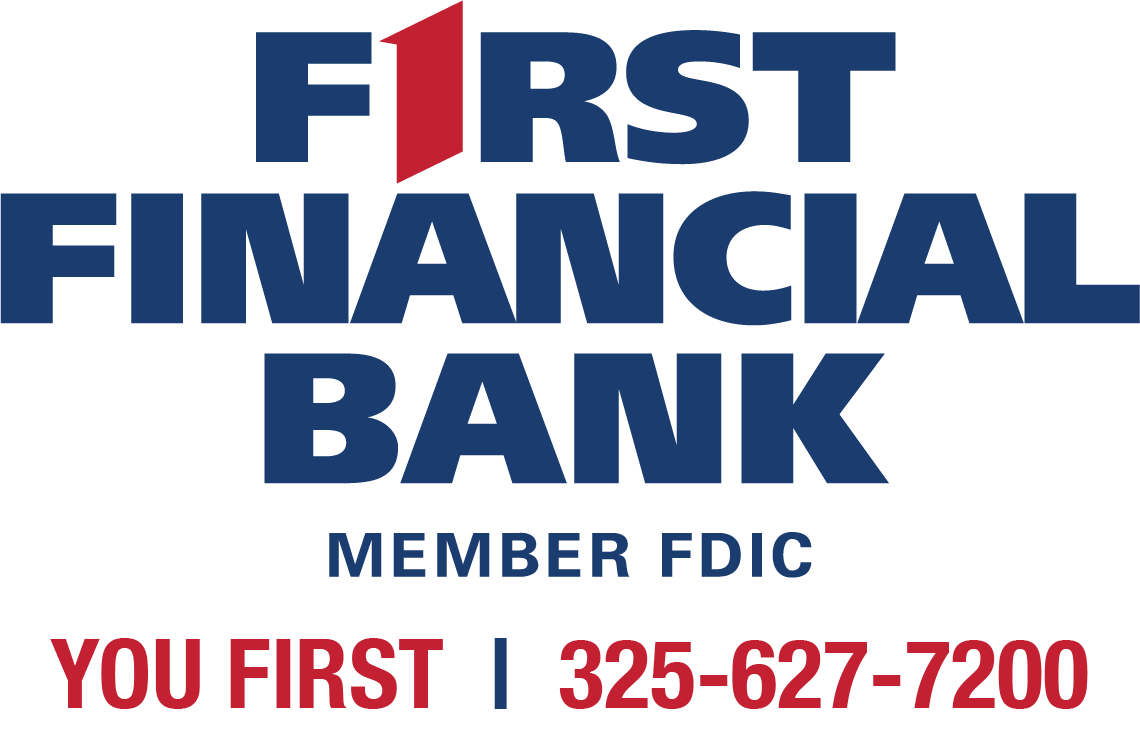
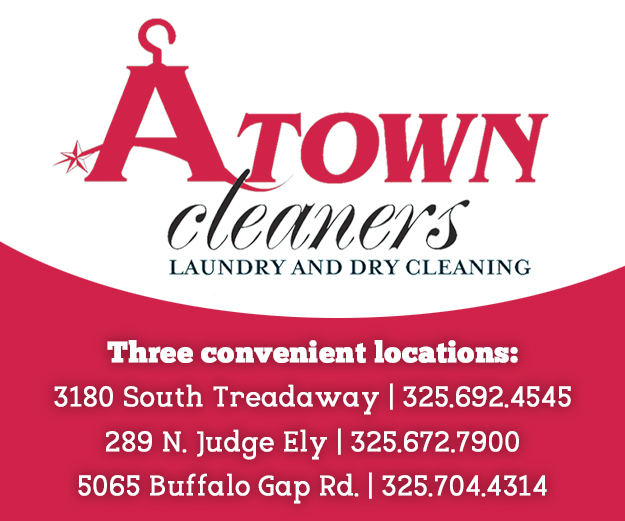







Leave a Reply